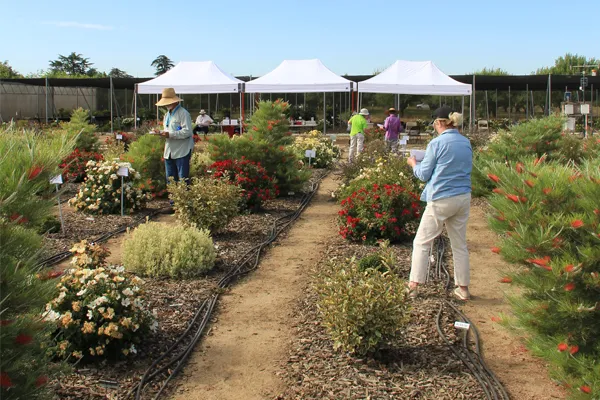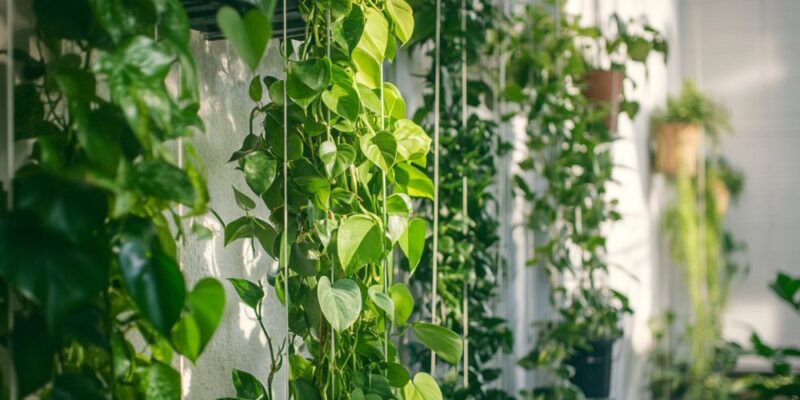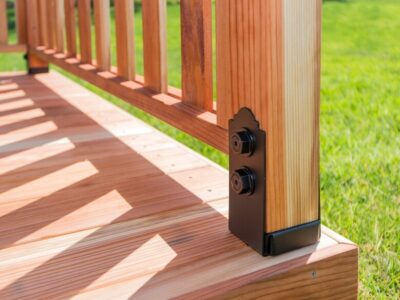Are you focusing on ornamental plants and vegetables or perhaps creating a native garden? Different apps excel in various areas, so matching the app’s strengths to your garden’s focus will ensure better results. Some gardeners need basic identification features, while others require detailed growing information and care instructions.
Essentials of a good app
A quality plant identifier app should offer reliable plant recognition through clear photographs. The app should be able to identify plants from different angles and in various lighting conditions. Look for apps that recognize multiple plant parts, including leaves, flowers, stems, and overall plant structure. There should be an easy identification process.
Database comprehensiveness
The size and quality of an app’s plant database significantly impact its usefulness. A good database should include:
- Common garden plants and vegetables
- Native and exotic species
- Ornamental plants and flowers
- Trees and shrubs
- Indoor houseplants
- Seasonal variations of plants
- Different growth stages
- Regional plant varieties

Customization and personal gardens
The ability to create personal plant lists and garden inventories helps track your growing collection. Apps that allow users to save identified plants, add notes, and organize plants by location or type provide practical value for garden management. These features help maintain records of what’s growing in your garden and track plant performance over time.
Integration with other gardening tools
Consider how well the app integrates with other gardening activities. Features like care calendars, watering reminders, and pest identification make the app more valuable for overall garden management. Some apps connect with weather services or provide local growing information based on your location.
Cost and value assessment
While free apps provide basic identification services, paid versions often offer additional valuable features. Consider the long-term value when evaluating subscription costs. Look for apps that offer free trials or basic versions to test their functionality before committing to a paid subscription.
Regular updates and improvements
The best apps receive regular updates and improvements. These updates should add new features, expand plant databases, and fix technical issues. Regular maintenance indicates that app developers are committed to providing quality service and staying current with technological advances.
Privacy and data security
Consider how the app handles your personal information and garden data. Good apps should have clear privacy policies and secure data storage practices. Understanding how your information is used and protected helps make informed decisions about app usage.
Finding the right plant identifier app requires considering multiple factors that match your specific gardening needs. Focus on apps that provide accurate identification, comprehensive plant information, and useful features for garden management. Consider how the app will integrate into your gardening routine and support your long-term garden goals.
Remember that even the best app serves to enhance rather than replace traditional gardening knowledge. The ideal app combines technology with practical features to help you become a more successful and knowledgeable gardener. Take time to explore different options and find the app that best suits your unique gardening journey. Testing different apps through free trials or basic versions helps you make an informed decision. For the most comprehensive garden management support, combine multiple apps.











Comments